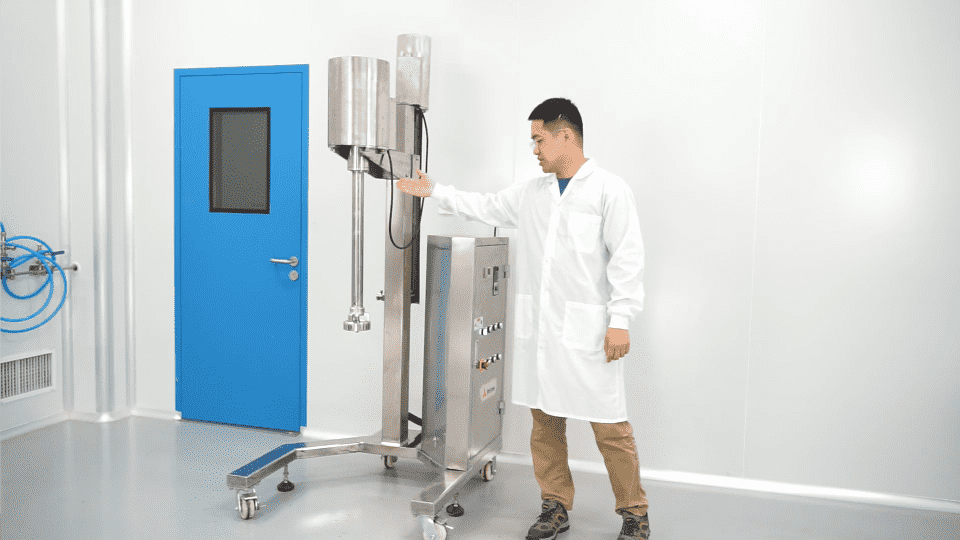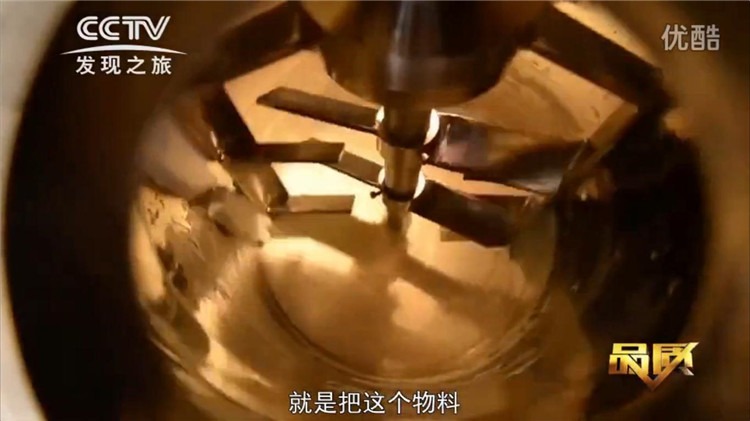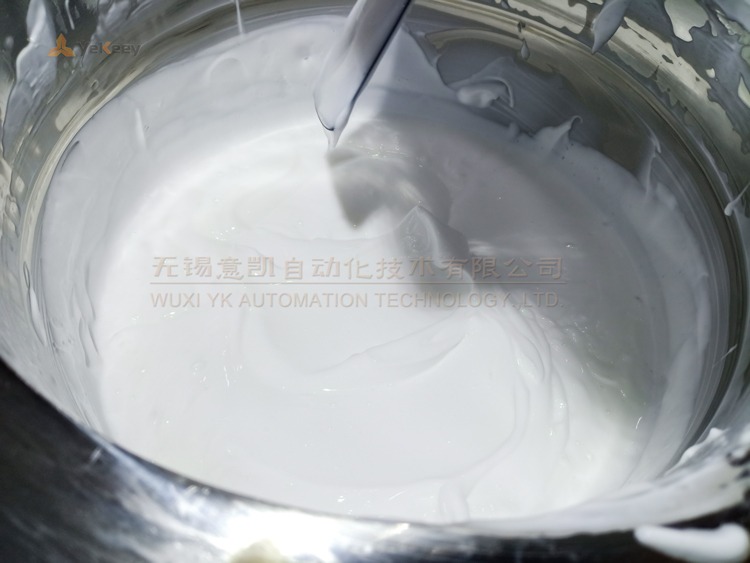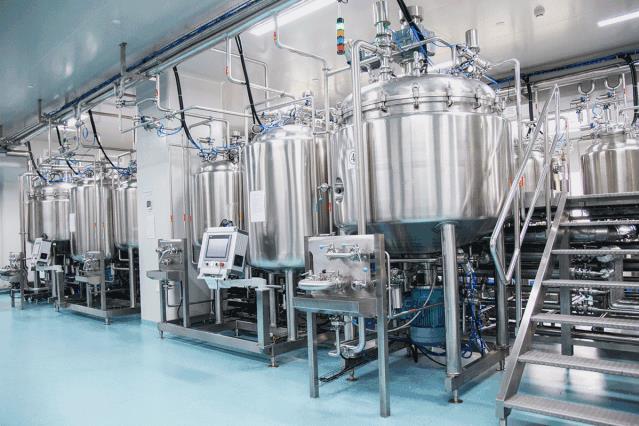Cosmetics belong to the category of fine chemicals. The vast majority of cosmetics production uses compound technology, which has the characteristics of fewer chemical reactions and strict hygiene requirements. Cosmetic production equipment can be roughly divided into 1. Product manufacturing equipment 2. Forming Filling and packaging equipment; cosmetics production operations are generally as follows: Crushed, grinding, powder product mixing, emulsification, and dispersion, separation, and classification, heating and cooling, sterilization and disinfection, product molding and packaging cleaning, etc.

Emulsion preparation technology
In the actual production process of emulsion cosmetics, the stability, appearance and physical properties of the product are closely related to the process conditions such as the operating temperature, emulsification time, feeding method, and stirring conditions during production. Therefore, the process conditions are strictly controlled during the production process. It is an important link to ensure product quality. The commonly used equipment for cream cosmetics mainly includes various types of mixing equipment, homogenizer equipment, three-roll mills, vacuum degassing equipment, etc. In the production process of cream cosmetics, the most critical step to ensure quality is emulsification, so emulsification equipment is the most important equipment.
Emulsification equipment for cosmetics
1. Mixing equipment
Mixing equipment is (stainless steel mixing tank) is the most commonly used equipment for cosmetics.
2. Homogeneous emulsification equipment
The commonly used homogeneous emulsification equipment in the cosmetics industry includes high-shear homogenizer, high-pressure homogenizer, colloid mill, centrifugal homogenizer, ultrasonic emulsifier, etc. Among them, the vacuum homogenizer is the most commonly used emulsification equipment.
2.1 Vacuum homogenizing emulsifier
It is composed of a sealed vacuum emulsifying tank part and a stirring part. The stirring part is composed of a homogenizer and a frame agitator with a scraper. The stirring speed of the homogeneous agitator is generally 0-2800r/min, which can be steplessly adjusted; the speed of the scraper agitator is 10~80r/min, It is slow stirring, its function is to promote the heat transfer of the heat transfer surface during heating and cooling, so that the temperature in the container is uniform, and it has good thermal efficiency. The front end of the scraper agitator is equipped with a scraper made of polyvinyl fluoride. Due to the hydraulic pressure, it contacts the inner wall of the container to effectively scrape and transfer materials from the inner wall to accelerate the effect of heat exchange. The vacuum homogenizing emulsifier is also equipped with a series of auxiliary facilities, including heating and cooling interlayers and insulation layers, as well as various detection instruments, such as thermometers, tachometers, vacuum gauges, and material flow sensors.
The advantages of vacuum homogenizing emulsifier are:
(1) The air bubble content of the emulsified body can be reduced to a minimum, and the surface smoothness of the emulsified body can be increased.
(2) As the stirring and emulsification are carried out in a vacuum state, the materials will no longer be lost due to evaporation, and the contact between the emulsified body and the air is reduced and avoided, the contamination of the product by bacteria is reduced, and the product will not be deteriorated due to oxidation.
(3) Under vacuum conditions, the speed of the stirrer is accelerated, which improves the emulsification efficiency.









